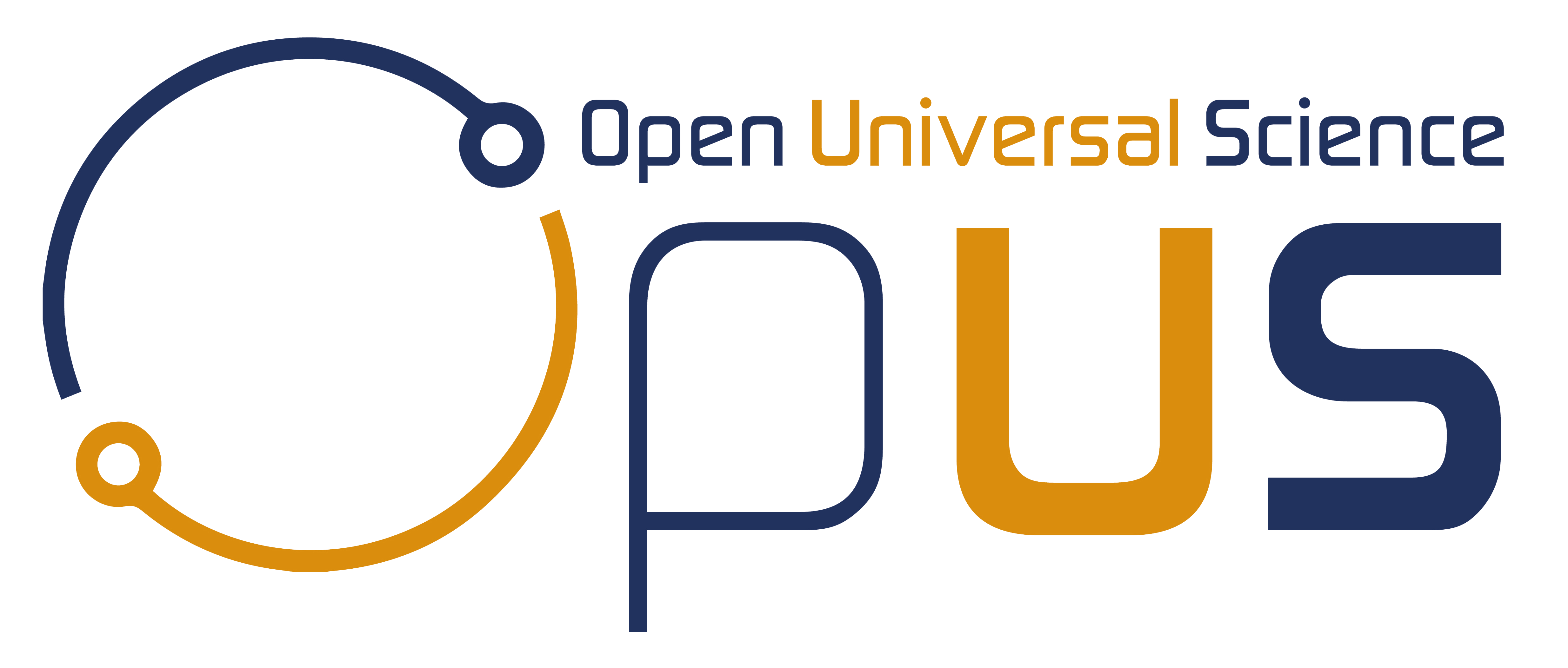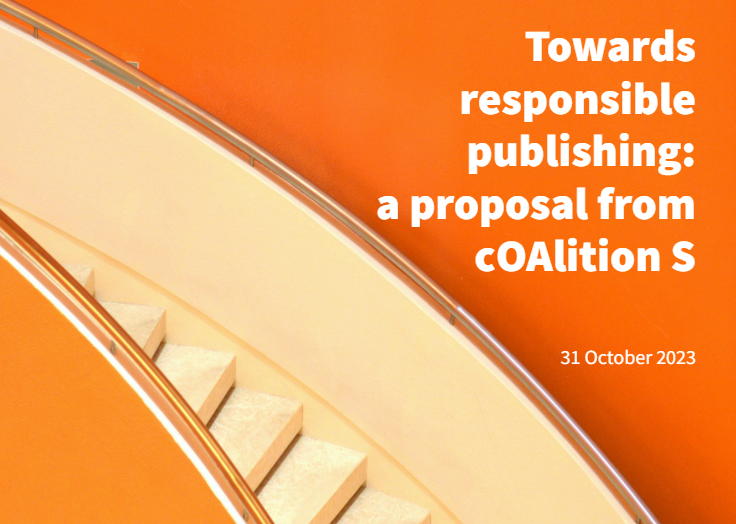The Cost of Open Access
The Cost of Open Access https://opusproject.eu/wp-content/uploads/2024/07/11192_2024_4988_Fig1_HTML.webp 685 680 Open and Universal Science (OPUS) Project https://opusproject.eu/wp-content/uploads/2024/07/11192_2024_4988_Fig1_HTML.webpIntroduction
The rise of Open Access (OA) publishing has transformed the landscape of academic research dissemination. While the OA model offers significant benefits in terms of accessibility and visibility, it also imposes financial burdens on researchers and funding agencies due to Article Processing Charges (APCs). This study investigates the extent of APC expenditures in Spanish publicly funded research, specifically focusing on projects funded under the Competitive Knowledge Generation (CKG) call.
Methodology
We conducted a comprehensive analysis of APC expenditures associated with CKG projects awarded between 2013 and 2019. Our dataset, which covers 94% of Gold and Hybrid journals, offers a substantial but not complete view of APC-related costs. The analysis also examines the relationship between APC expenses and project budgets across different research fields.
Findings
Quantifying APC Expenditures
The first research question (RQ1) aimed to quantify the amount of money spent on APCs in CKG projects. Our findings reveal that at least €45.87 million were transferred to various publishers for APCs. This figure, though significant, is likely an underestimate given the dataset’s incomplete coverage of journals. Notably, the APC expenditure is almost equivalent to the total budget allocated for CKG psychology projects during the same period (€45.83 million). This raises critical questions about alternative uses for these funds, such as personnel hiring, equipment procurement, or the development of alternative publishing models.
APC Expenditures Relative to Project Budgets
To contextualize APC expenses, we compared them with project budgets, addressing our second research question (RQ2). The analysis shows that APC costs constitute an average of 3 to 8% of the total project funding. However, this percentage varies significantly across disciplines, with some projects spending over half of their budget on APCs. This variability underscores the need for strategic discussions on project funding allocation and the compatibility of meeting OA mandates while fulfilling project objectives. Moreover, researchers often rely on personal funds or transformative agreements to cover APCs, highlighting potential inequities in the APC model, particularly for researchers in less affluent regions or early-career stages.
Field-Specific APC Expenditures
Our third research question (RQ3) explored the correlation between publication intensity and APC expenditures. Results indicate that fields with higher publication rates tend to spend more on APCs. However, this relationship is complex. Some high-publication fields have developed cost-effective OA strategies, such as utilizing embargo periods or preprint servers, which mitigate APC costs. Conversely, fields with lower publication rates, like Humanities and Social Sciences, often publish in journals that do not charge APCs, further affecting expenditure patterns.
Project Budget Size and APC Expenditures
The fourth research question (RQ4) examined whether projects with larger budgets spend more on APCs. Our analysis confirmed this trend, suggesting that ample funding reduces the pressure to minimize APC costs. However, this situation disadvantages researchers with smaller budgets, potentially exacerbating funding inequalities. Institutional and regional disparities further complicate this issue, with institutions specializing in well-funded fields being more likely to secure larger projects and, consequently, spend more on APCs.
Availability of OA Journals and APC Expenditures
The final research question (RQ5) investigated the correlation between the availability of OA journals and APC expenditures. We found a negative correlation: higher availability of OA journals, especially those without APCs (Diamond journals), correlates with lower APC expenditures. This suggests that increasing the number of OA journals can alleviate some financial pressures associated with APCs. However, the relationship is multifaceted and may involve market dynamics that influence APC pricing strategies.
Discussion and Conclusion
The study highlights significant financial implications of the OA publishing model on Spanish publicly funded research. As OA mandates become more prevalent and the Gold OA model expands, APC expenditures are likely to rise. The development of alternative publishing models, such as Diamond journals, presents a potential solution to mitigate these costs. National case studies, like this one, are essential for understanding the broader impact of APCs and informing strategies to ensure equitable access to OA publishing.
Future research should focus on obtaining a more accurate estimate of APC expenditures by including publications in Spanish journals. Additionally, exploring cross-country comparisons of APC expenses and funding allocations could provide valuable insights into the global landscape of OA publishing. Understanding researchers’ behaviors and funding strategies through qualitative methods would also contribute to a more nuanced view of APC-related challenges.
In conclusion, while APCs facilitate OA publishing, they also pose significant financial challenges. Addressing these issues requires a multifaceted approach involving policy adjustments, funding reallocations, and the promotion of alternative publishing models. This study contributes to the ongoing discourse on sustainable and equitable OA publishing practices.
Alonso-Álvarez, P., Sastrón-Toledo, P. & Mañana-Rodriguez, J. The cost of open access: comparing public projects’ budgets and article processing charges expenditure. Scientometrics (2024). https://doi.org/10.1007/s11192-024-04988-3












